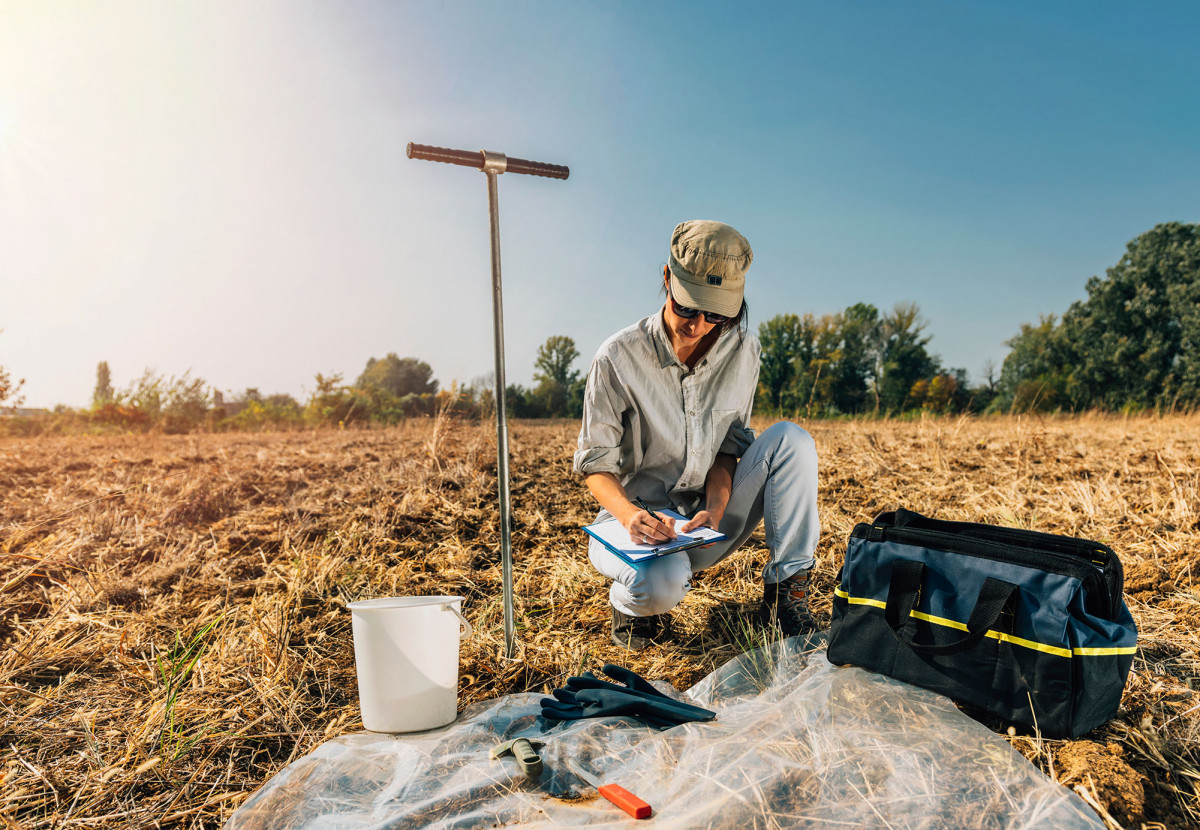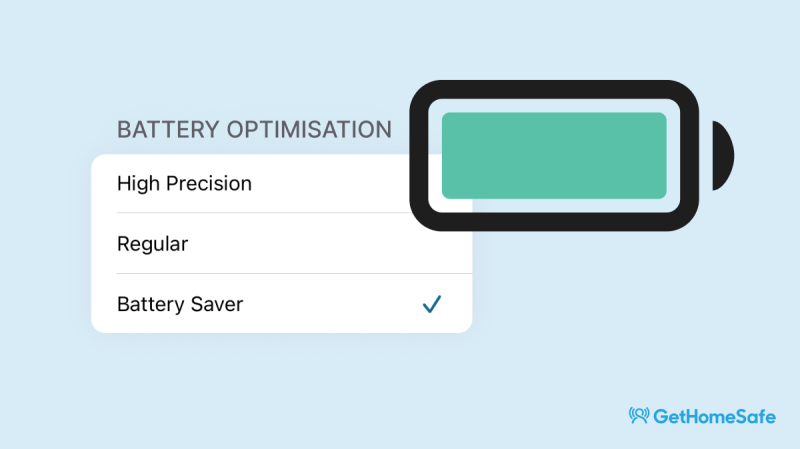What does the term 'Working Alone' mean in 2022?
4 November 2022

What does the term 'Working Alone' mean in 2022?
It may be nearing the end of 2022 but let's reflect on the year and what Working Alone may have meant to you.
We often see this phrase “working alone” or “lone working”, but what does it actually mean to be labelled a “lone worker”?
In this blog we explore what working alone means in 2022 and focus on explaining some of the grey areas when other people are present and at what point it become a lone working situation.
Defining what working alone means for your organisation can be tricky and regulations often stair clear of a firm definition. If you have missed this step when writing your lone worker policy you may have found it more challenging than you first thought.
Legal definitions of working alone
It is quite interesting to read through the definitions of working alone from different countries and regulations. Here are some links to each:
- NZ
- Australia
- Canada
- UK
Summary of thoughts on them
Coming up with your own definition of working alone
If your local laws don't have a clear definition of working alone, you are now in for the fun part, how are you going to come up with what working alone means for your organisation?
Have a read through your local regulations, chat with others in your industry and as a team come up with what working alone means for you and write it down. Part of this process should involve some company-specific examples of what is working alone and what isn't, this will help greatly with your team's understanding and clarity.
Our definition of lone working
If you are struggling with what working alone means for your organisation, you are welcome to use ours. There are lots of different definitions for it out there, but one we have settled on here at GetHomeSafe is; any situation where an accident or incident happened where you need assistance you would not reasonably expect people nearby to assist in a timely manner. If the answer is yes, then it is working alone and you need some protections in place to meet your moral and legal duty of care.
Once you have a definition of what lone working is for your organisation writing your lone worker policy should be much easier!
You might be thinking yeah yeah that is all nice but we are unique and don't quite fit that, no worries, we have picked three grey areas of working alone/not working alone and compared them to our definition and this might help in your definition journey.
Is visiting people in their homes considered working alone?
Obviously, this is in a work context, but in some industries such as health, OT, social work and aged care visiting patience’s and clients in their homes is a day-to-day task for nurses and careers, but with other people around can this be considered to be working alone?
By default, we don’t believe all home visits are working alone, for them to be considers a lone working situation in a safety at work and your duty of care context there are some few additional factors:
- There is only one person doing the home visit
- There is reason to believe (or you just don’t know) that the people at the home will not be willing and capable to assist and provide help if needed
- The behaviors of the people who could be present when you are visiting are the likely source of risk. This is not just the patient, but their family, friends and associates
In summary, there are lots of risk factors that even if you do a risk assessment prior to the home visit you could be surprised with, certainly when doing a home visit for the first time. Yes there are people present, but they could be the source of risk and they might not be will or able to assist if the need arose.
Using our definition of working alone let’s explore this situation of home visits being classified as working alone. Can you reasonably expect those nearby to help in a timely manner if something went wrong? There are many instances of nurses and carers entering homes and being attacked, in fact 150 workers are attacked each week in the UK.
Our opinion on it is that certainly all first home visits are more or less a great unknown and really should be considered working alone and you should have protections in place for your employees you are asking to undertake this type of work. Once you have visited them at least once and you are comfortable with them providing assistance in a timely manner if a worker required it you may want to redo your risk assessments and relax your protection measures.
Is driving considered to be working alone?
This is a great question, most people lump driving into a travel safety policy and rightly so, but in fact a lot of the risks cross over with working alone. Heaps of people drive for work, not just the transport industry, but people visiting clients, sites and attending training, almost everyone will drive for work at some point in their lives.
Similar to home visits, it is not a hard and fast yes driving is working alone and not all lone working includes driving, but they certainly cross over alot and you can use a lot of the same protections and processes for both.
We think you can safely assume that any day time driving in an urban environment is not working alone, if you have a car crash you can easily expect help from those near by. However, here are a list of compounding factors that we think you should consider with driving and covering with your lone working protections and check-in processes if an accident were to happen:
- Is the driver experienced and confident of driving the route if it is rural and/remote
- will someone be likely to pass by and being willing and capable of providing assistance in a timely manner? This can be a challenge in rural areas with low traffic and also the time of day, if traveling after 7pm at night traffic volumes drop considerably and you might want to single out driving at night for special attention.
- Will there be reliable cell coverage throughout the entire journey
- Is the route safe to travel
- Is there adverse weather forecast that will make driving unsafe
Using our definition of working alone let’s explore rural driving and driving at night as possible candident for being a lone working situation. Can you reasonably expect help from those near by? Well is there anyone nearby to start with? Maybe not. Even if they are near by, will they be aware of your emergency situation if it is dark and you have completely left the road? Will coverage make arranging help in a timely manner a challenge?
In summary, if any of these compounding factors are likely for your team on the road then you meet our definition of working alone and you might want to consider covering it within either your travel or working alone protections like a check-in process. You may want to consider implementing aa journey management process to manage the risks associated, which is very similar to a working alone solution but has many more travel specific features like way points, route planning and review & approval process.
What about driving directly from the job to home or vice versa?
And what about the walk from the office to your car and then the drive home I hear you say? Are these part of your duty of care as an employer? This is surprisingly the most likely the part of your day you will actually be working alone, unless you live and commute with a colleague.
Driving a work vehicle direct from a job to home at the end of the day, then yes in our opinion you do have a duty of care to have the same protections and check-in processes as if they were driving back to the depot.
As for the walk from work to your car, certainly for night shift workers this is a big concern and certainly some well published cases of it being a real safety concern. There is no cases we are aware of that the courts have determined that your safety on the walk from work to your car is your employers duty of care. While there might not be a legal duty of care we are of the opinion that you certainly have a moral duty of care to take reasonable steps so your employees are safe for the whole journey each way of home to work and return.
Is working from home considered working alone?
Probably the most 2022 example we will explore, this COVID induced shift to hybrid working being the new normal let’s explore if working from home considered to be “working alone”? If you work from home are you a lone worker?
If you are asking your staff to work from home your duty of care will extend to this being considered a place of work and you need to take reasonable steps to ensure this is a safe place to do work. For the vast majority of people, the biggest risks of working from home is poor workstation set up, slouched over the laptop at the kitchen table or a fall with a hot drink while walking from the kitchen to their home office, which to be honest are similar hazards to an office environment, just less visible. A quick video call or exchange of photos with the team can ensure safe work zones at home.
Most people consider their house a safe place to work, but unfortunately for too many people their home is not a safe place.
Now we have set the context, let’s explorer the definition of working alone in the context of working from home.
- Are they working home by themselves, or do they live alone?
- What is the frequency of communications of the worker with the rest of team?
- If they are working from home that wifi and cell coverage is not an issue
- Do they live in a safe part of the city?
- While everyone puts on a brave smile in the workplace, according to xxx study, domestic violence affects 1 in xx homes in 2022. Are you meeting your duty of care by assuming that it is all rainbows and lollipops on the home front all day every day?
Now let’s explore working from home with our definition of lone working, if something were to happen can the worker expect help from those near by in a timely manner. The first part to explore is if there is anyone nearby, for many people those that work from home are actually there by themselves. Their family or flat mates have gone to work and school and they are actually the only ones in the house. Certainly, for some of your team working from home there will be people about and given they live together you would expect they would help if your worker needed assistance. However, if domestic violence is the risk to your employee working from home you should consider this as a standalone risk to managed as it is quite different from a slip, trip, fall or medical event. In summary your risk controls should include an assessment of if anyone and/or who will be around while they are working from home.
If your employee is working from home by themselves, you may want to consider a virtual vs physical definition of working alone. Yes, there is no-one in the house, but they are virtually working all day with the rest of the team? If they are constantly on calls and chatting with their team all day you, they aren’t alone, by default these frequent communications are a de-facto welfare check-in system.
Maybe frame it this way, if a team member who is working from home missed a video call or didn’t respond to a slack message from their boss like they normally do would you be worried about them? What if they missed two in a row? Could they go all afternoon with missing teams comm’s without someone being concerned about them? Where we are getting to with this is if something happened to you while working from home would your virtual online absence raise a warning with your team, if it would then you are not working from home. However, if you could go hours or even days without anyone noticing your virtual absence then yes, we think you are working alone and you should put in place some controls to manage this risk to meet your duty of care. A simple and structured approach to checking in on each other or introducing a buddy system a common and low cost methods of controlling the risk of working alone from home.


